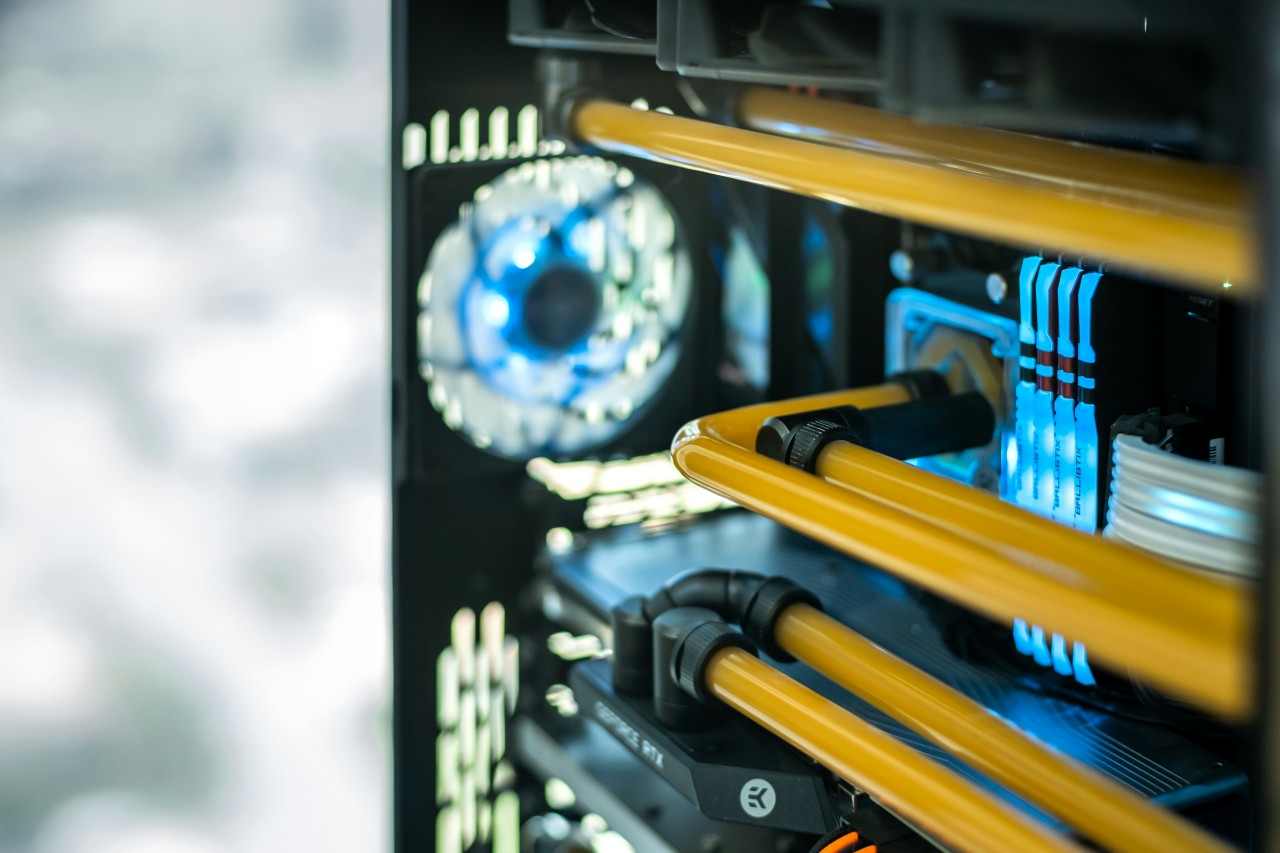Your first build is a special build. Coming from someone who does this himself, I can tell you building a computer based on your choice does provide huge satisfaction. But the road is not that easy. Based on my experiences and lessons learned, here are some of the top mistakes you want to avoid.
1. Not Doing Enough Research
For my first build, I was too excited to start and wanted everything right away. But, I learned fast that insufficient research was a huge mistake. The key is to be aware of the compatibility of the components. Checking that your CPU will fit in the same socket as your motherboard, or that your power supply is powerful enough to provide all of your components with enough power, are both big things.
Lesson Learned: Spend ample time researching each component. Websites like PCPartPicker can help you check compatibility and create a balanced build.
2. Neglecting to Cool it
Cooling was something that I seriously underestimated with my original build. I came to my senses and remembered that the CPU cooler I had was just the stock one that came with it. Although, I wanted to have a rough idea about CPU temperatures and throttling without needing liquid cooling.
Lesson Acquired: Great engine performance cooling system. Whether it be a beefier air cooler or a liquid cooling solution, maintaining your components at an optimal temperature will grant a performance increase while ensuring their lifespan.
3. The Wrong Power Supply Choice
My biggest mistake was to save on the power supply. I cheaped out and went for a cheaper option on this without realizing what the controller does here and it caused tremendous instability/random shutdowns. The PSU is the source of power for your rig, and a cheap one can be disastrous.
Lesson Acquired: Do NOT skimp on the power supply. Also, make sure to choose a reliable brand with good reviews, and ensure that it has enough watts for your entire build.
4. Forgetting to Plan for Cable Management
My first build came out looking like a spaghetti bowl of cables. Remember - bad cable management makes your PC look like a mess and can disrupt airflow, which may also make it difficult to work out problems with your system later.
Lesson Learned: Plan cable management from the start. It also includes cable ties, and routing channels to keep everything nice and tidy. A lot of cases include tools to assist with this.
5. Skipping the Test Run
I plugged my full PC together without testing it before in an oversizing excitement. The power key did not work when I pushed it. I was then forced to break down and figure out what went wrong, and that was such a pain in the ass.
Conclusion: Always try for a dummy run before putting everything into the case. Step 3 (optional): Do a test boot outside the case. It's conventional wisdom not to mount everything back in the case if things do not work so before your final assembly connect just the motherboard, CPU, RAM, and power supply then see if it boots. Tape an oat straw or two on a fan grill, fingers crossed!!!
6. Ignoring BIOS/UEFI Firmware Updates
Issues with stability and hardware not being detected correctly after my PC was built. As it turned out, my motherboard needed a BIOS/UEFI update to support my brand new CPU.
The Verdict: When you have your new computer, make sure to check the BIOS/UEFI updates for your respective motherboard. Refreshing the system software fixes compatibility problems and stability improvements.
7. Neglecting to Install Drivers
After I had my pc setup and working, I was very excited to start using it. But I saw a lot of issues in the performance of a few components. But the real reason was that I forgot to install the drivers.
But I Have Learned My Lesson Now: Once you have installed your operating system, install all necessary drivers. That covers motherboard drivers, GPU, or various peripherals.
Conclusion
Your first custom PC is a lot easier of a task than you might think. Building your first custom pc is an amazing learning experience. Steer clear of these common blunders for a smoother and more pleasant build process! Slow is fast in this game, so take your time to do your research and drive through each step. The extra effort into what you incorporate adds up and the end result is a machine that should perform as well as it can on the chosen cooling loop.


